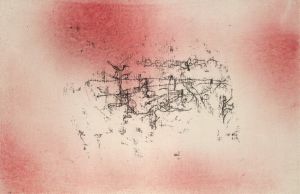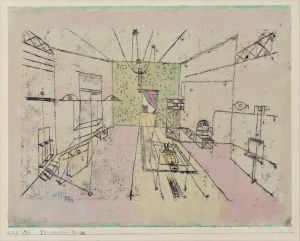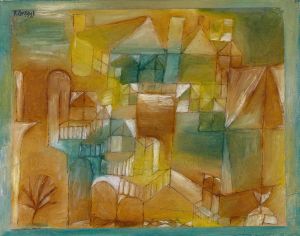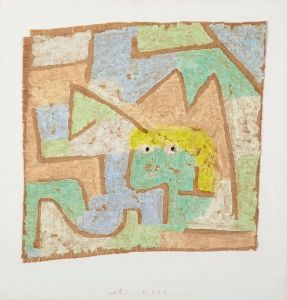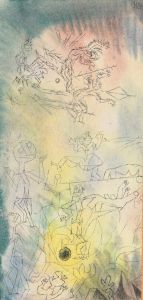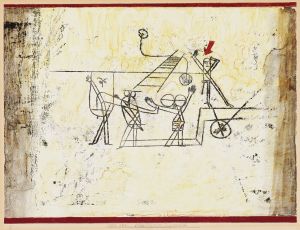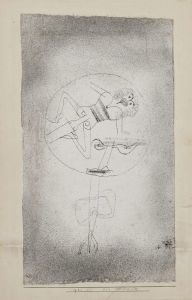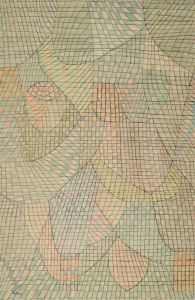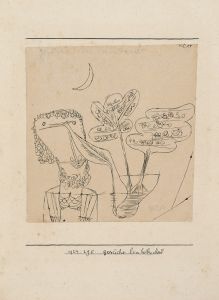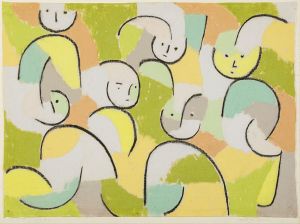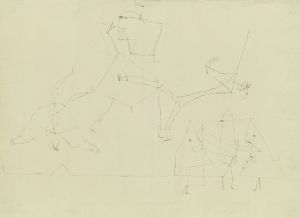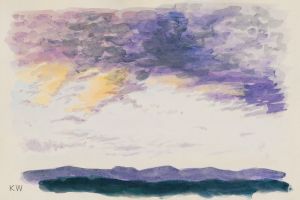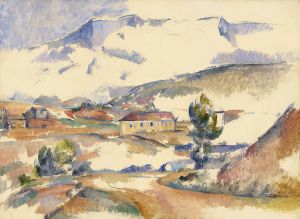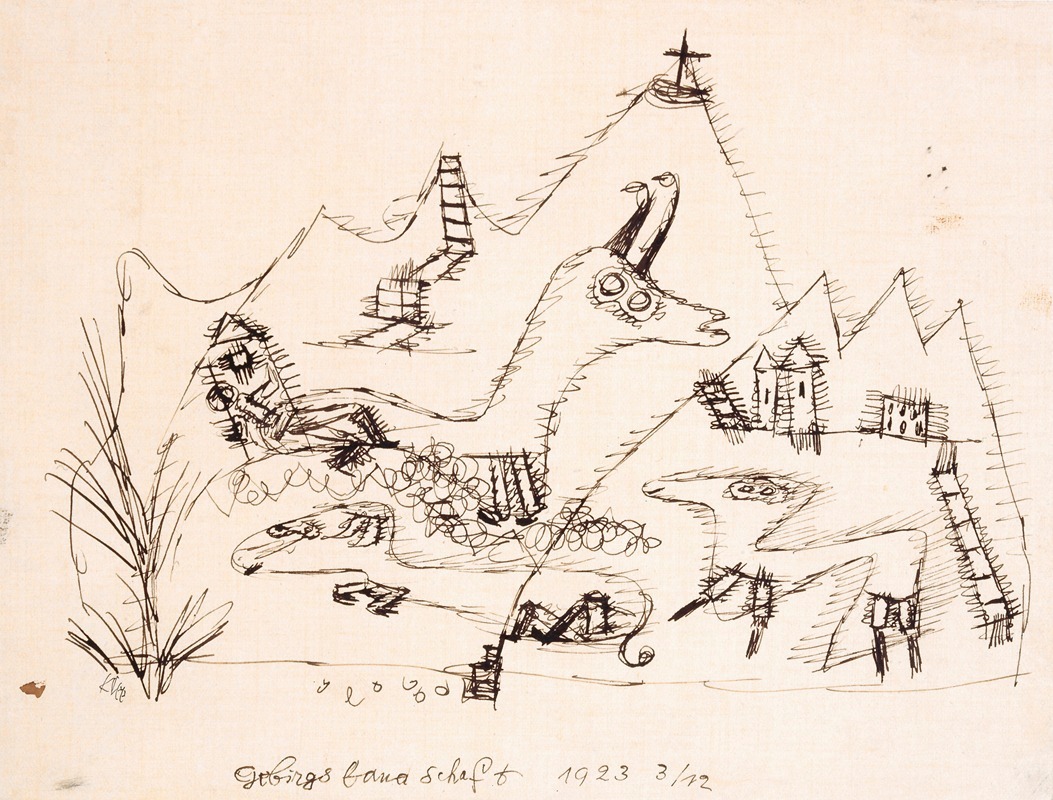
Mountain Landscape
A hand-painted replica of Paul Klee’s masterpiece Mountain Landscape, meticulously crafted by professional artists to capture the true essence of the original. Each piece is created with museum-quality canvas and rare mineral pigments, carefully painted by experienced artists with delicate brushstrokes and rich, layered colors to perfectly recreate the texture of the original artwork. Unlike machine-printed reproductions, this hand-painted version brings the painting to life, infused with the artist’s emotions and skill in every stroke. Whether for personal collection or home decoration, it instantly elevates the artistic atmosphere of any space.
Paul Klee's Mountain Landscape is a painting created by the Swiss-born German artist, who is widely regarded as one of the most influential figures in modern art. Klee, known for his highly individual style, often drew inspiration from nature, music, and his own imagination. His works frequently combined abstraction with elements of the natural world, and Mountain Landscape is a notable example of this synthesis.
The painting, completed in 1919, reflects Klee's interest in exploring the interplay between color, form, and texture. During this period, Klee was associated with the Bauhaus school, where he taught and developed his theories on art and design. His works from this time often exhibit a balance between geometric precision and organic forms, a hallmark of his artistic approach.
Mountain Landscape depicts a stylized representation of a mountainous scene, rendered in Klee's characteristic abstract style. The composition features a harmonious arrangement of shapes and colors that evoke the essence of a natural landscape rather than a literal depiction. Klee's use of earthy tones and subtle gradients suggests the contours and atmosphere of a mountainous environment, while his abstract forms invite viewers to interpret the scene through their own perspectives.
The painting demonstrates Klee's mastery of color theory, a subject he explored extensively in his teaching and writings. His ability to create depth and movement through the interplay of hues is evident in this work. The abstract nature of the piece allows it to transcend specific geographic or cultural references, making it a universal representation of the idea of a mountain landscape.
Klee's artistic philosophy was deeply influenced by his travels and personal experiences. Although there is no direct evidence linking Mountain Landscape to a specific location, Klee's frequent travels to regions such as the Alps and the Mediterranean may have informed his visual vocabulary. His fascination with the natural world is a recurring theme in his oeuvre, and this painting exemplifies his ability to distill complex natural forms into simplified, evocative compositions.
Today, Mountain Landscape is recognized as an important work within Klee's extensive body of art. It reflects his innovative approach to abstraction and his ability to convey emotion and meaning through non-representational forms. The painting is housed in a public or private collection, contributing to the appreciation of Klee's legacy as a pioneer of modern art.





